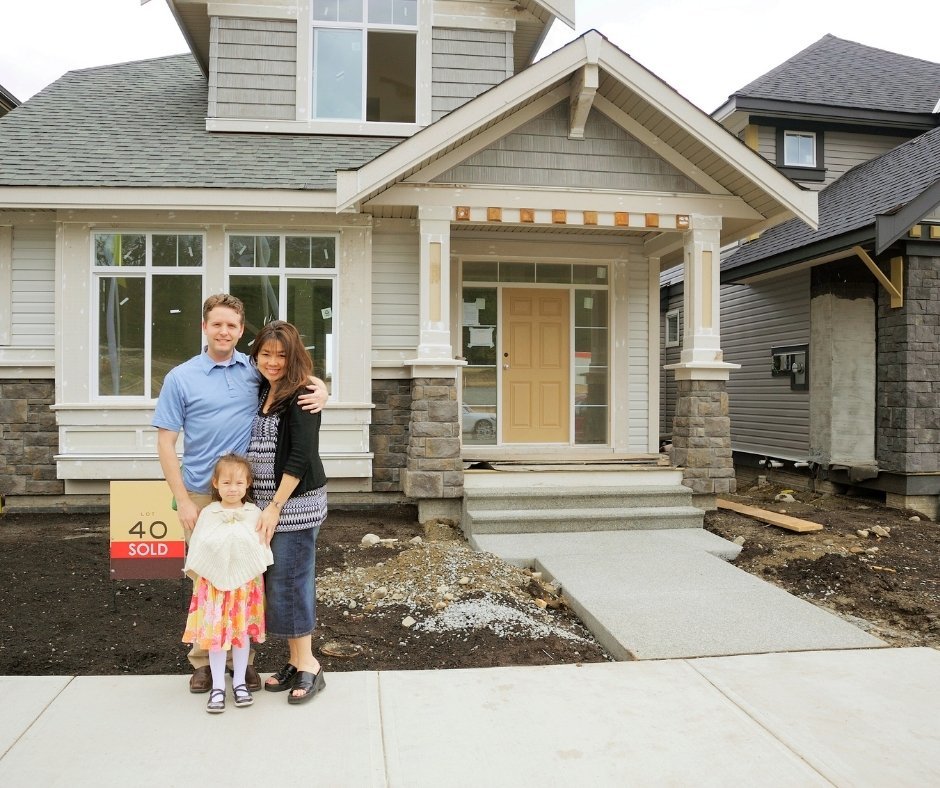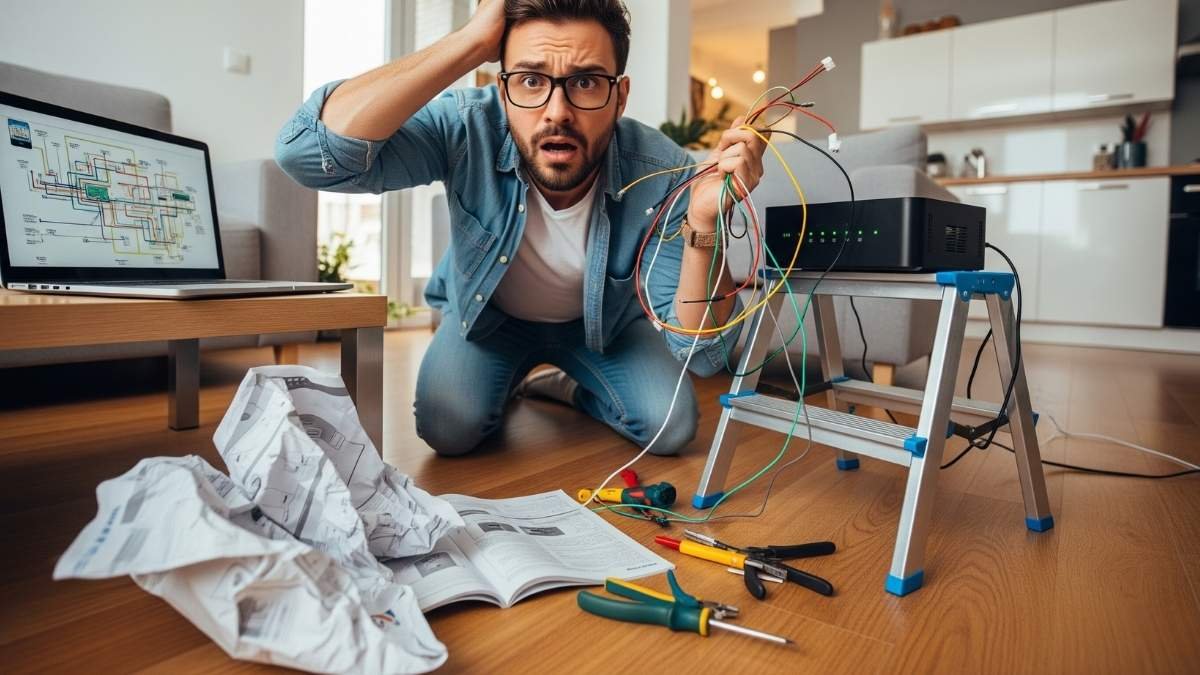
You excitedly unbox your new smart doorbell, ready to join the future. Six months later, you’re staring at a $3,200 electrical bill to fix the chaos you accidentally created. Sound familiar?
You’re not alone.
While 73.5% of households are diving headfirst into smart home technology, most people are making one devastating mistake that’s costing them thousands. And here’s the kicker – it’s completely preventable.
I’ve spent months researching this problem, digging through industry reports, talking to electricians, and analyzing real homeowner disasters. What I found will either save you a fortune or make you grateful you read this before shopping for that first smart switch.
The Smart Home Gold Rush (And Why Everyone’s Getting Burned)
Let’s start with some reality. The smart home market just hit $127.8 billion in 2024. That’s not pocket change – that’s serious money flowing into an industry that’s growing faster than anyone can keep up with.
Here’s what caught my attention: 1 in 10 homeowners regret their smart home investment. That’s not buyer’s remorse over choosing the wrong color. That’s “I wish I’d never started this expensive nightmare” regret.
But here’s the really scary part. ElectriCall, a major electrical contractor, reported a 73% increase in service calls for failed DIY smart home installations. The average cost to fix these disasters? $3,200 per home.
And that’s just the beginning.
The Million-Dollar Question: What’s Going Wrong?

You know what nobody tells you when you’re browsing Amazon for smart switches? Your house probably wasn’t built for this.
Think about it. Most homes were wired decades before anyone dreamed of having 47 devices all talking to each other over Wi-Fi. Your electrical system was designed for some lights, a few outlets, and maybe a garbage disposal.
Now you want to add smart switches, cameras, doorbells, thermostats, speakers, and God knows what else. What could go wrong?
The Jefferson County Wake-Up Call
Here’s a real case that’ll make you think twice about that weekend DIY project.
A homeowner in Jefferson County decided to go all-in on smart home tech. Sounds exciting, right? They installed 17 smart devices throughout their house. Everything from smart switches to security cameras to automated window blinds.
The problem? All 17 devices were connected to a single 15-amp circuit that was originally designed just for basic room lighting.
The result? Complete electrical system failure. Flickering lights. Tripped breakers. And finally, the big one – a total system breakdown that required rewiring half the house.
The bill? $4,800 just for the rewiring. And that doesn’t include replacing the fried devices or the three days without power.
This isn’t some rare horror story. This is happening in neighborhoods across the country, right now, while you’re reading this.
The Real Cost of “Simple” Smart Home Upgrades
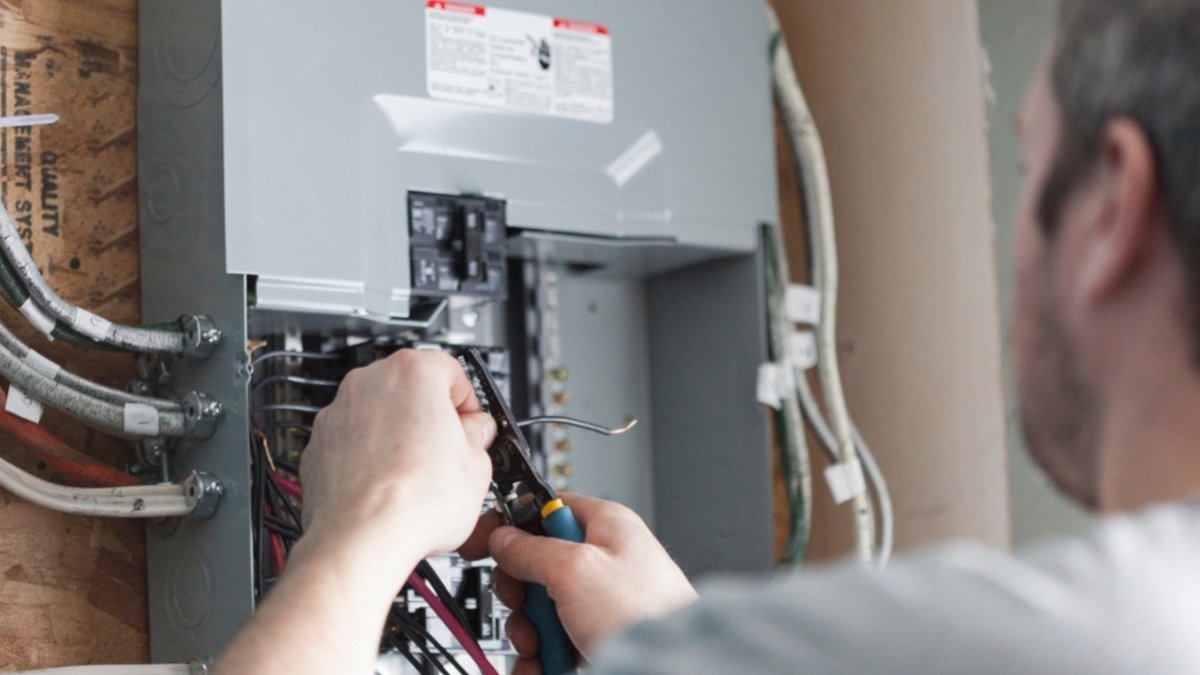
Let me break down what’s happening when smart home installations go sideways.
The Infrastructure Reality Check
Here’s what most people don’t realize: Installing smart home devices isn’t like plugging in a new lamp. These devices need proper electrical infrastructure, and most homes simply don’t have it.
Common upgrade costs that blindside homeowners:
- Electrical panel upgrade (60-amp to 200-amp): $1,200-$2,800
- Complete house rewiring: $4,000-$12,000
- Smart switches requiring neutral wires: $150-$300 per switch when installed properly
- Proper network infrastructure: $200-$800 for mesh systems that work
But wait, there’s more.
The Golden, Colorado Disaster
One homeowner thought they’d save money by doing their electrical work for smart switches. Makes sense, right? YouTube makes everything look easy.
What happened: They installed smart switches without permits, created fire hazards, and violated multiple electrical codes.
The consequence: A $9,200 fine from the city, plus mandatory professional rewiring of their entire electrical system.
Total damage: Over $15,000 for what started as a “simple” weekend project.
The worst part? Their insurance threatened to drop coverage because of unpermitted electrical work.
The Ecosystem Trap: When Smart Devices Don’t Play Nice
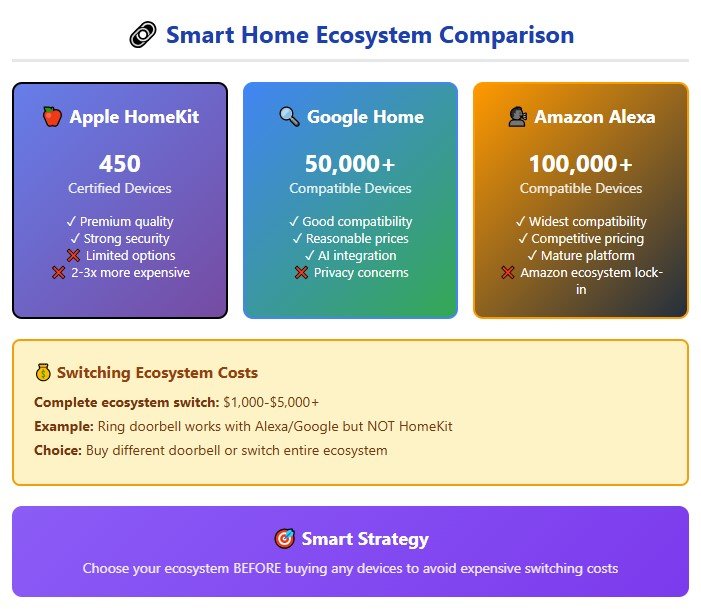
Here’s something else that’ll keep you up at night: not all smart home devices work together.
I know, I know. They’re all “smart,” so they should just… work together, right?
Wrong.
The Apple HomeKit Prison
Let’s say you start with Apple’s ecosystem because you love your iPhone. Smart choice, except Apple HomeKit only works with about 450 certified devices. Compare that to Amazon Alexa’s 100,000+ compatible devices.
What this means in real dollars: HomeKit devices typically cost 2-3 times more than equivalent Alexa or Google devices. Want to switch later? You’re looking at $1,000-$5,000 to replace everything.
Real example: You buy a Ring doorbell (super popular, great reviews) only to discover it doesn’t work with HomeKit at all. Your choices? Buy a different, more expensive doorbell or switch your entire ecosystem.
Choose wrong at the beginning, and you’re either stuck with expensive devices forever or facing a costly do-over.
The Obsolescence Time Bomb
All devices became useless overnight
92% still functional but unsupported
Thousands of integrations lost
Remember when you thought that smartphone would last forever? Yeah, smart home devices have the same problem, but worse.
The Sonos Betrayal
Sonos speakers were the gold standard for years. People invested thousands in whole-house audio systems. Then Sonos decided its older products were “legacy” and stopped supporting them.
92% of these devices were still perfectly functional, but they became digital paperweights overnight.
The Nest/Revolv Massacre
Google bought Nest, Nest bought Revolv, and then… they just shut down the Revolv servers. Permanently. Every Revolv hub became an expensive piece of junk.
Timeline: Two years from acquisition to abandonment. Thousands of homeowners lost their entire smart home systems with zero recourse.
The lesson: That “smart” hub you’re buying today might become a doorstop in three years, and there’s nothing you can do about it.
Hidden Costs That Nobody Mentions

The Subscription Surprise
Nobody talks about the ongoing costs. Your Ring doorbell? $50/year for basic features. Security monitoring? $30-$60/month.
Multiple services add up fast. Most homeowners end up paying $200-$500 annually in subscription fees they never planned for.
The Network Nightmare
Your current Wi-Fi probably can’t handle what you’re planning. A fully automated smart home needs 200+ Mbps of reliable internet speed.
Translation: You’ll likely need to upgrade your internet plan and buy a proper mesh network system. Budget another $200-$800 plus higher monthly internet bills.
What the Professionals Know (That You Don’t)
❌ DIY Approach
✅ Professional Installation
I talked to David from ElectriCall, and he told me something that should terrify every DIY enthusiast:
“The most common mistake we encounter involves homeowners connecting too many devices to a single circuit. Your home’s electrical system was likely designed decades before smart technology existed.”
The Professional Advantage
Here’s what happens when you hire professionals:
- They calculate electrical loads before installation
- They ensure code compliance (keeping your insurance valid)
- They plan for future expansion
- They handle permits and inspections
- Most importantly, their work is warrantied and insurable
What it costs:
- Basic professional installation: $2,000-$5,000
- Comprehensive smart home: $10,000-$25,000
- Luxury automation: $25,000-$150,000
Compare that to DIY disaster recovery: $3,200-$15,000+ with no warranty and potential insurance issues.
The Smart Way to Go Smart
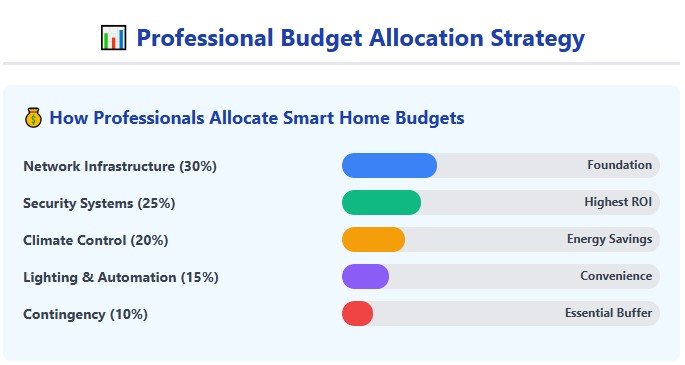
Start With Your Foundation
Before you buy a single smart device, do this:
1. Get an electrical assessment ($100-$200)
- Can your panel handle additional load?
- Do you have neutral wires where you need them?
- Are there any code compliance issues?
2. Test your network (free)
- Check Wi-Fi strength in every room
- Identify dead zones
- Test actual internet speeds throughout your house
3. Plan your ecosystem (priceless)
- Pick ONE major platform (Apple, Google, or Amazon)
- Research device compatibility before buying
- Start small and expand slowly
The Budget Breakdown That Works
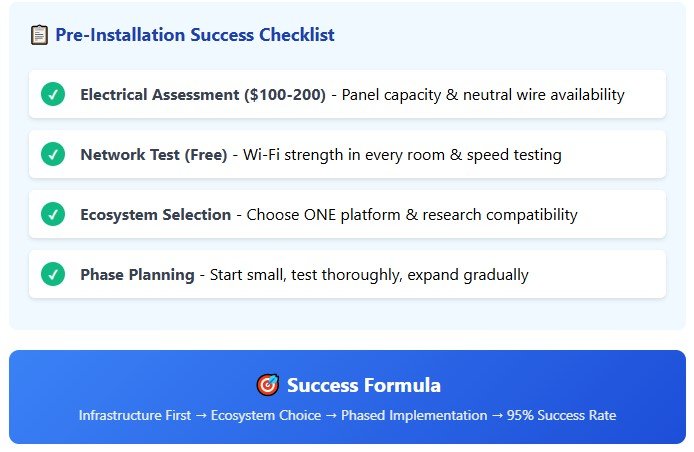
Professional installers recommend this budget split:
- Network Infrastructure: 30% (your foundation)
- Security Systems: 25% (highest ROI)
- Climate Control: 20% (biggest energy savings)
- Lighting & Automation: 15% (the fun stuff)
- Contingency: 10% (trust me, you’ll need it)
The Phased Approach
Phase 1: Foundation
- Upgrade electrical if needed
- Install proper network infrastructure
- Test with one room
Phase 2: Core Systems
- Security cameras and alarms
- Smart thermostat
- Basic lighting controls
Phase 3: Expansion
- Additional rooms
- Advanced automation
- Entertainment systems
Phase 4: Optimization
- Custom scenarios
- Third-party integrations
- The cool stuff that impresses friends
Success metric: 95% device reliability before moving to the next phase.
Red Flags That Should Send You Running
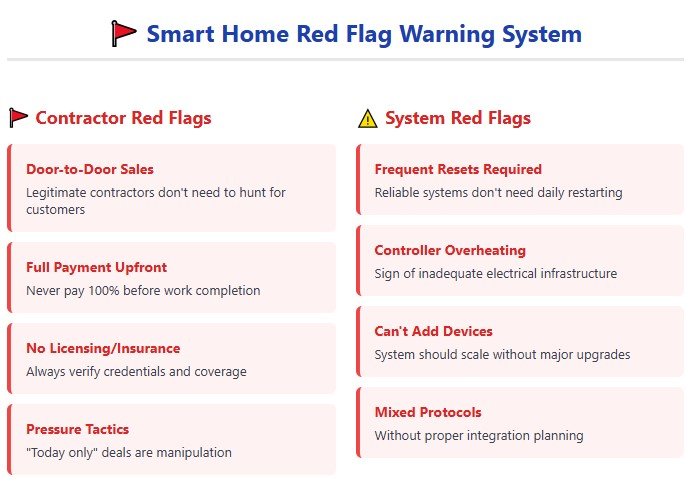
Contractor Warning Signs
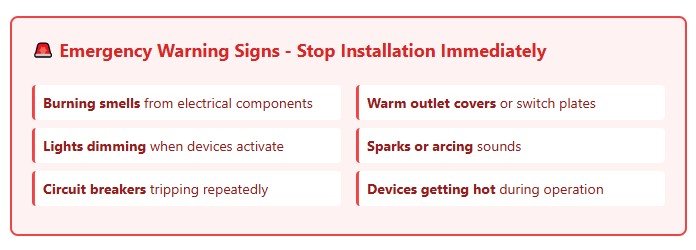
- Shows up at your door uninvited
- Demands full payment upfront
- Can’t show proper licensing and insurance
- Pressure for immediate decisions
- No recent customer references
System Warning Signs
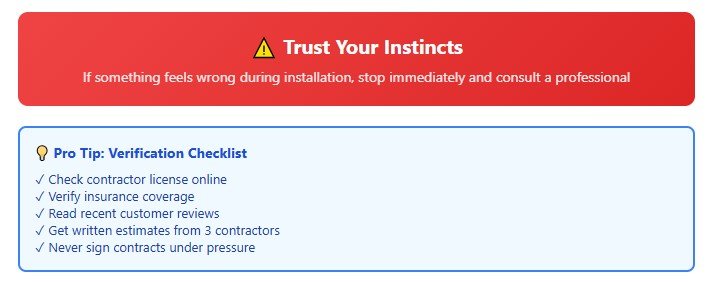
- Devices need frequent resets
- Controllers overheating
- Can’t add new devices without major upgrades
- Mixed protocols without proper planning
The Bottom Line: Your Smart Home Action Plan

Here’s what the data tells us: Most smart home disasters are completely preventable with proper planning and realistic expectations.
The smart money approach:
- Invest in infrastructure first (boring but essential)
- Start small and test everything (patience pays off)
- Stick to one ecosystem (avoid the compatibility nightmare)
- Budget for professional help (cheaper than fixing mistakes)
- Plan for obsolescence (nothing lasts forever)
Your Next Step
Before you buy another smart device, ask yourself these questions:
- Can my house’s electrical system handle what I’m planning?
- Have I chosen an ecosystem and researched compatibility?
- Do I have a realistic budget that includes infrastructure and professional help?
- Am I prepared for ongoing subscription and maintenance costs?
If you answered “no” to any of these, stop shopping and start planning.
The difference between a smart home dream and a smart home nightmare isn’t luck – it’s preparation.
Your move: Start with that electrical assessment. It’s $200 that could save you $20,000.
What’s the first smart home upgrade you’re planning? And more importantly, have you thought about what it might break?





